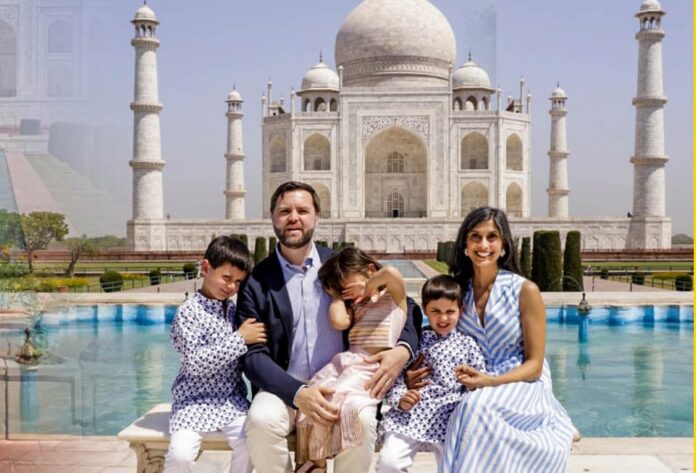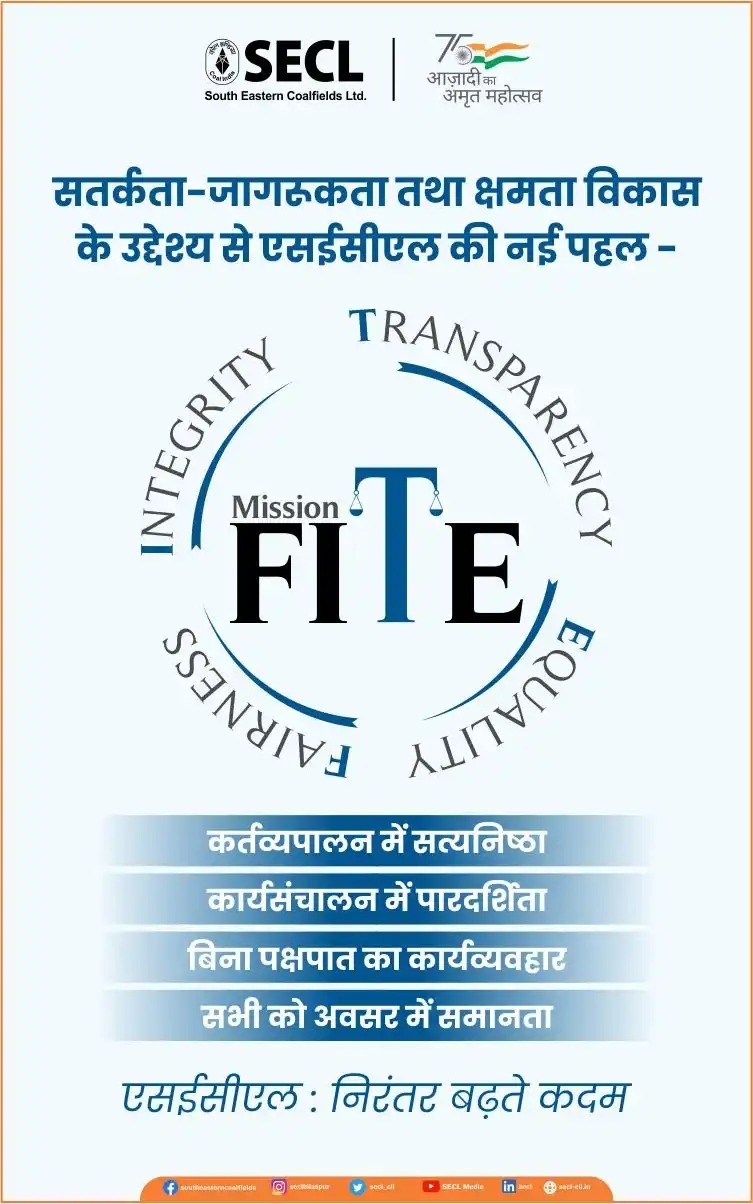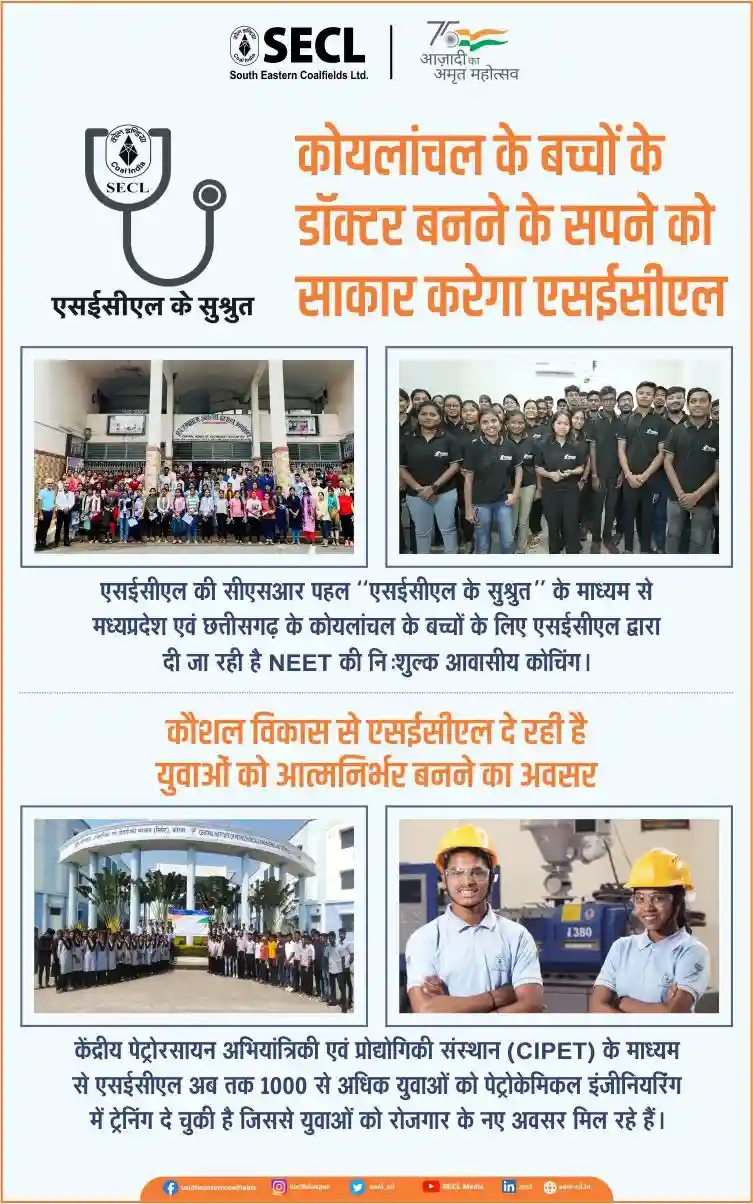United States Vice President J.D. Vance, accompanied by his wife Usha Vance and their three children, Ivan, Vivek, and Mirabel, arrived in Agra on Wednesday as part of his ongoing official visit to India. The Vance family was warmly received by Uttar Pradesh Chief Minister Yogi Adityanath upon their arrival in the historic city.
Shortly after landing, the Vice President and his family visited the iconic Taj Mahal, one of India’s most celebrated monuments. Sharing images from the visit on social media, CM Yogi welcomed the dignitary, stating, “A warm welcome to Hon’ble US Vice President J.D. Vance and his family to Uttar Pradesh, the sacred heartland of India, renowned for its timeless devotion, vibrant culture, and spiritual legacy.”
Security in Agra was significantly heightened ahead of the high-profile visit, with personnel deployed at key locations and tourist routes to ensure smooth arrangements during the family’s tour.
Vance’s trip to Agra comes after an eventful leg of his India tour, which began with his arrival in New Delhi on Monday. His visit to the national capital included a spiritual stop at the Akshardham Temple, followed by a bilateral meeting with Prime Minister Narendra Modi. Later that evening, the Vice President and his family traveled to Jaipur.
In Jaipur, the Vance family visited the majestic Amer Fort, traveling in an open jeep from the Hathi Stand and exploring prominent attractions including Mavtha Sarovar and Kesar Kyari Bagh. The tour was marked by cultural performances and traditional Rajasthani hospitality that highlighted the region’s rich heritage.
Speaking later at the Rajasthan International Centre, Vice President Vance praised PM Modi’s leadership and diplomatic acumen. “I told Prime Minister Modi last night—he has approval ratings that would make me jealous,” Vance remarked. He described Modi as “a very tough negotiator” who “fights fiercely for India’s commercial interests.”
Reflecting on the growing India-US relationship, Vance said, “The US and India will move forward together through mutual cooperation across many sectors.” He reaffirmed Washington’s commitment to a free and open Indo-Pacific and underscored the strategic relevance of the India-US partnership, declaring, “The 21st century will be shaped by the strength of this relationship.”
He also outlined three key pillars guiding the future of bilateral cooperation: defending nations, building great infrastructure, and innovating with cutting-edge technologies. Vance emphasized that President Donald Trump’s global economic vision aims to rebalance international trade, creating pathways for allies like India to help shape a more equitable global future.
















